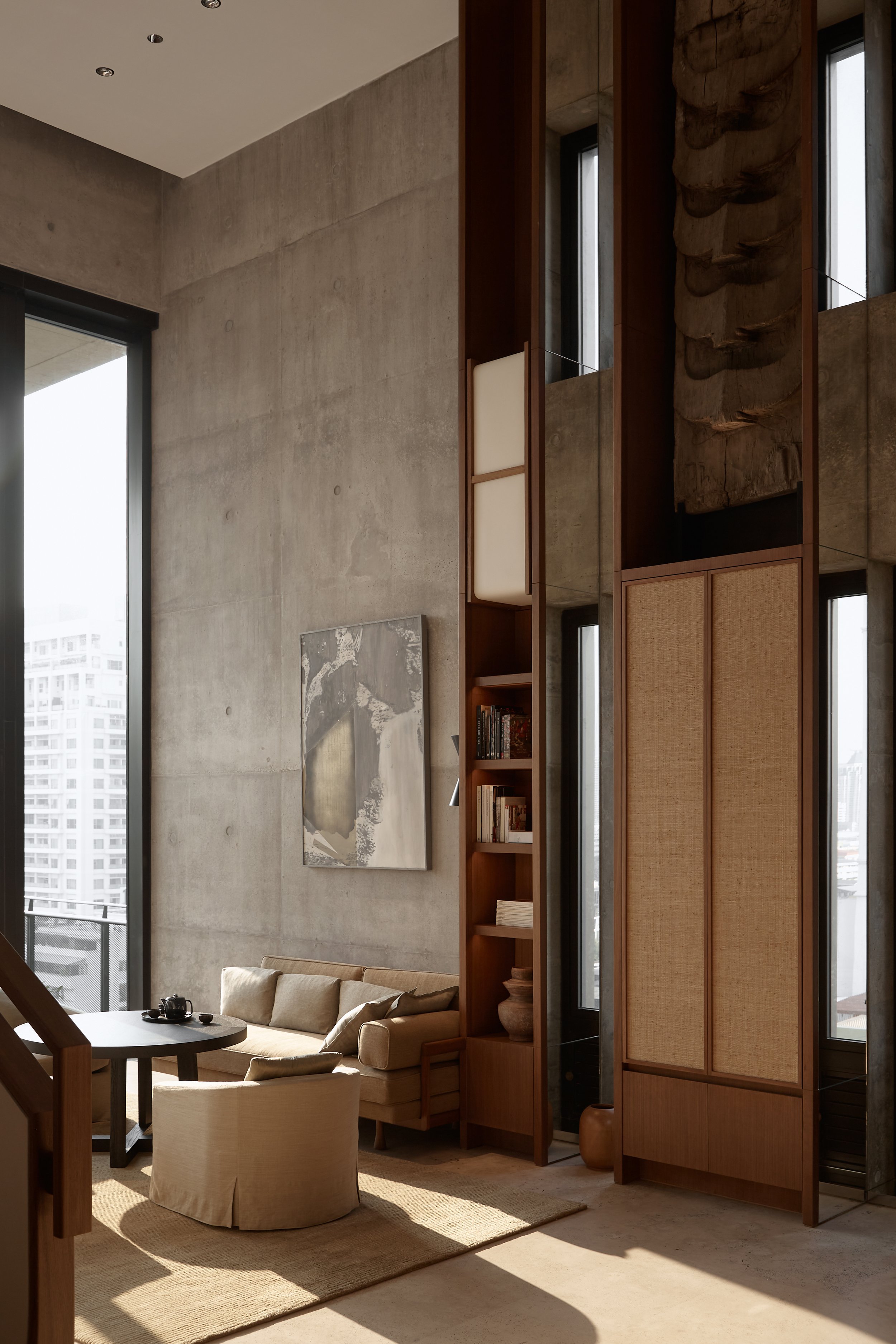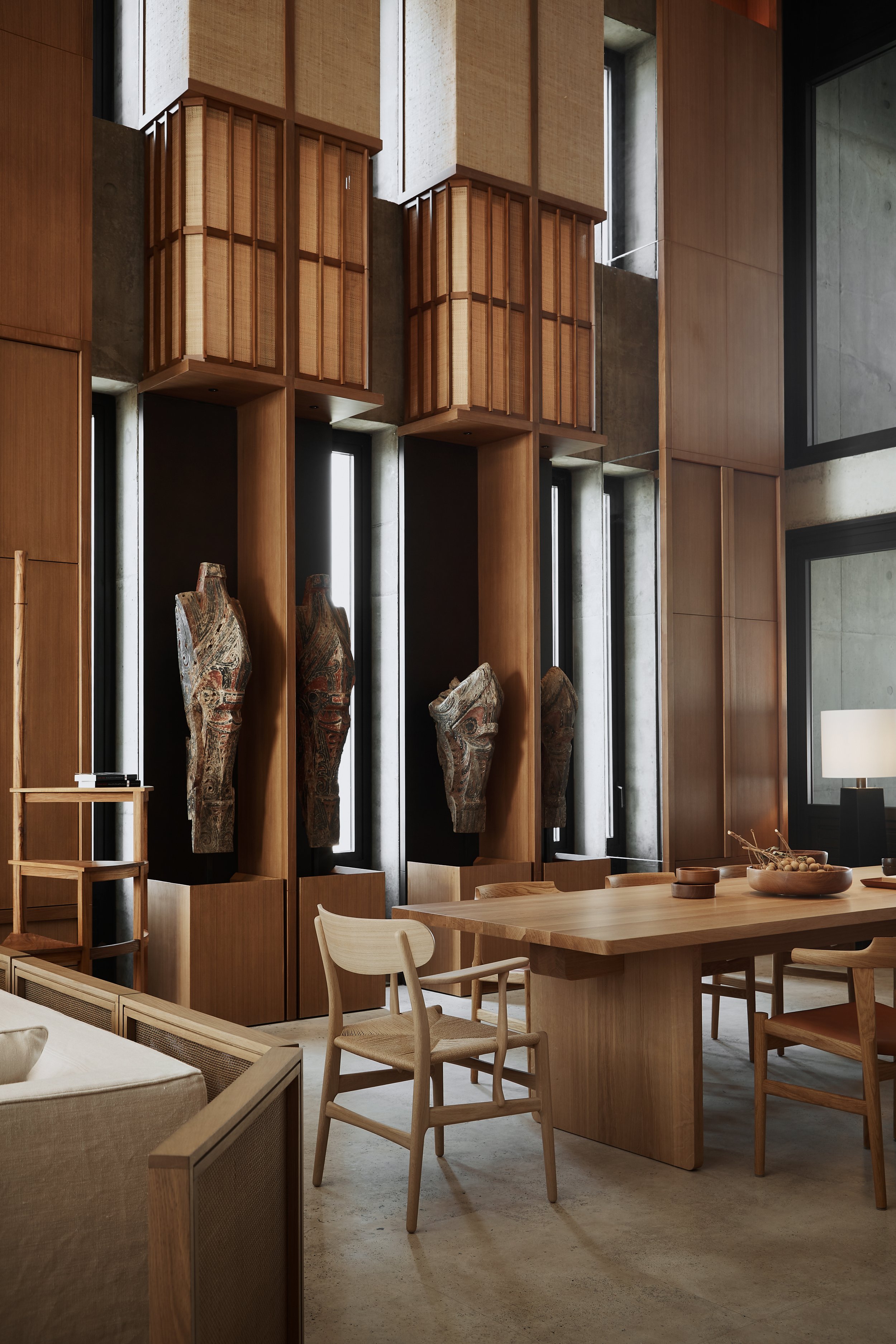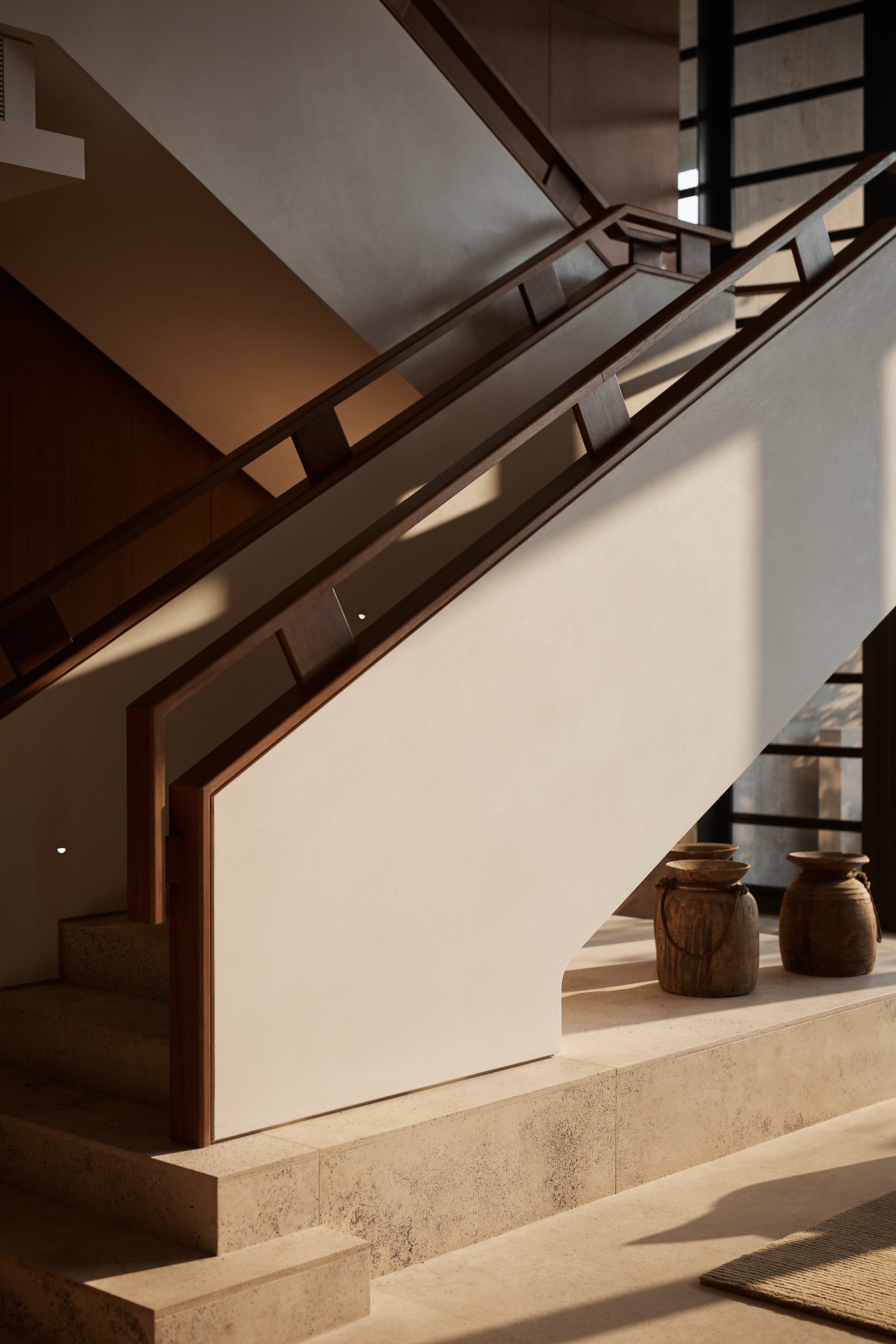SHEDDING
LIGHT ON
Albano’s dedication to craftsmanship is evident in the work of Studio Daminato, a multidisciplinary company specialising in the built environment. Every aspect of furniture, materials, and palette demonstrates his knowledge of the geographical context and respect for his clients where his designs embody the historical value of the buildings themselves with a calm sensibility. And through Chanintr Craft, we were given a better understanding of his creative process as he shares an insight into his background and home.
Studio Daminato
Brand
Location
Asia
Founding Year
2001
Founder
Albano Daminato
Photography by:
Pichan Sujaritsatit
Could you tell us a bit about your background and the journey to starting your own practice? As Studio Daminato has grown, how has your work developed? What has changed over the years?
My studies in design of the human environment were undertaken in Australia. Whilst from Italian heritage, I do believe that the spatial qualities and the light in Australia have had a distinct influence on the mood of my work. In the mid-1990s I was asked to join the Singapore studios of Kerry Hill Architects, where I collaborated on the wonderful projects with Aman resorts. Whilst in Singapore I was personally approached to work on a range of personal residences as well as many café and restaurant projects. This led to other commissions for my small studio on private residences around the world.
With each project, often in differing locations, ranging from Europe to the Himalayas, it is important for me to reference aesthetic and material cues from that place, its history, culture and aesthetic language whilst also considering the client’s desires for the final product.
For me, it is important that each project has a unique aspect of its own, whilst knowing that our detailing and approach to the design method is also linked. I think that from my studio’s early works to our current project, that aesthetic approach is still very evident.
What may have changed slightly is a more relaxed and layered appearance that pervades much of our work. With residential projects, it is fundamental to my ethos that homes should provide a peaceful and visually resolved backdrop for each client’s lifestyle. That a home should really be a reflection of their life and not a ‘showroom’ or a gallery.
Your projects are fully managed from the overall design concept stage through to the detailing and design of bespoke furniture, light fittings, textiles, and objects, but how do you approach each project to begin with?
A : Our work really begins with the study of space and light. Space planning itself is a major element in all of my work, and we prefer to be involved at the very beginning of any project. It is at this stage that I consider what materials and details will work within the spaces we form. The location of the project, the project brief and the client’s mode of living all will influence our approach to the design. Some of our work is often in new structures, meaning perhaps collaborations with building or landscape architects. Our work in historic or existing shells means we want to approach spatial manipulation with as much sensitivity as possible.
How is the brand’s core concept captured throughout the showroom?
A : From my own perspective, there is a warmth and peaceful mood within both the café and the showroom spaces that are at the core of how I prefer spaces to feel. As well as the intimacy of the various spaces, we employed many textural elements such as various solid woods, cork, terrazzo, travertine stone, and hand-made ceramic tiles – the element of craft and the human touch was something that we wanted to reflect in the interiors as the furniture brands represented here have the same DNA.
With the project being based out in Bangkok, Thailand, were there any local influences drawn into the design?
A : From the start of the project, it was our intent not only to imbue the showroom spaces with a calm meditative spirit reminiscent of Japanese or Thai architecture, but we also wanted to weave into our design language very local materials, colours, and textures. For many of the café walls and ceilings, we employed the use of hand-made ceramic tiles from the north of Thailand. We also worked extensively with a local terrazzo artisan, whom we love to work with on many of our projects, bringing to each of them an old-world human touch.
Photography by:
Pichan Sujaritsatit
Read the full interview in
New Norm Magazine Issue 05
This issue is a record of the mental journey that brand founders and artists experienced during Covid. Featured interviews include Albano Daminato, BeCandle, Carsten in der Elst, Chanintr Craft, Crevin, Honest, Iterare arquitectos, Joshua Lee,The Office Group, and Pattern Studio.
More from Issue 05
Featured Content
A Touch of Home - In Conversation with Chanintr Sirisant, founder of Chanintr Craft.
Set within the vibrant and thriving city of Bangkok is Chanintr Craft, a four-storey furniture showroom and café.
Based in Cologne, Carsten in der Elst designs and creates objects for living purposes.
His works exist as an appreciation of the world’s materials and processes and by standing in close contact with an object’s origins.













